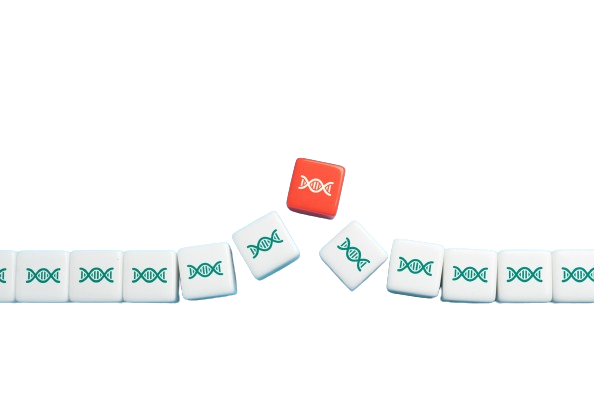This article was first published on 23 August 2022.
The article was updated on 9 August 2023, to reflect data as published in our 2022 annual report.
As the leading global player in pharmaceutical compounding, Fagron applies stringent product quality and safety standards. A product that does not meet all quality specifications can, in a worst-case scenario, cause severe, unintended side effects for end users: patients. Product quality and safety are therefore a priority for Fagron.
Goals, objectives, and results
Our objective is to deliver products that meet all product quality and safety requirements. A good indicator is the number of product recalls. In exceptional cases, products must be recalled because they do not meet all quality specifications. Product recalls are classified in three categories:
- Class I: a recall of products that may cause severe injury or death;
- Class II: a recall of products that may cause temporary side effects;
- Class III: a recall of products that are unlikely to cause injury or illness but do not (fully) meet GMP (Good Manufacturing Practice) standards.
The following graph shows the development of quality recalls by Fagron over the past 4 years. Despite the fact that Fagron has grown significantly in terms of geographic distribution and quantity of products, the number of product recalls has decreased in recent years.

Fagron’s quality process
We have various processes and procedures in place to safeguard product quality and safety.
Supplier selection procedure
An extensive supplier selection procedure ensures the traceability of the more than 2,500 pharmaceutical raw materials that we work with. New suppliers are screened extensively. Quality documents and manufacturing documents are saved with the help of a software application that is accessible to all companies in the Fagron Group. Suppliers of products with a higher risk profile are subjected to an on-site audit. These audits focus primarily on the quality and safety of the product.
Good Manufacturing Practice (GMP)
End of 2022, Fagron had 32 compounding and repackaging facilities worldwide that are fully compliant with GMP or equivalent local regulations. These facilities are a combination of certified facilities and facilities where compliance with GMP guidelines and regulations is audited on a regular basis by the relevant authorities. If our facilities are exclusively used as warehouses – of which we had 25 in total end of 2022 – they comply with GDP (Good Distribution Practice) or equivalent local regulations.
Annual training
International certifications such as GMP and GDP require all personnel who come into contact with pharmaceutical products to complete a number of annual training courses in product quality and safety. We monitor compliance with this training requirement at group level.
Quality tests
We have a technical team of experts who ensure that both the products we procure from our suppliers and the products we manufacture ourselves meet the required qualifications before they are brought to market. In this process, we distinguish between products that we repackage or use in one of our compounding facilities and products that we do not process and deliver directly to customers.
Products that we do not process are checked for all required documentation upon arrival at our warehouses, and are stored under the appropriate conditions (temperature, humidity). We also check whether the transport of incoming and outgoing products is conducted as agreed upon with the suppliers and distributors.
Raw materials and final products are tested in our compounding facilities in order to guarantee that they meet all applicable laws and regulations, requirements, and internal standards. Quality technicians test products during three phases of production (incoming products, during production, and upon release) to ensure that they meet all quality specifications. All the products that we repackage in one of our repackaging facilities are also tested. These include pharmaceutical raw materials, excipients such as cream bases, and fillers such as lactose and methylcellulose. The majority of the pharmaceutical products we deliver from our repackaging and compounding facilities are tested in-house in one of our own quality laboratories before release (around 2/3rd). The remainder is tested externally by third-party laboratories.
Follow our ESG journey
We are working non-stop to realize our targets and want to be transparent about our results and activities. Annual progress can be followed in our most recent annual report. We also report on progress during the year in the news segment on our website and on LinkedIn.
If you have any questions or suggestions on what we could do to improve, you can reach us at ESG@fagron.com.





